-
CATEGORY ::
- All Seeds /
- All Ground Cover Seeds
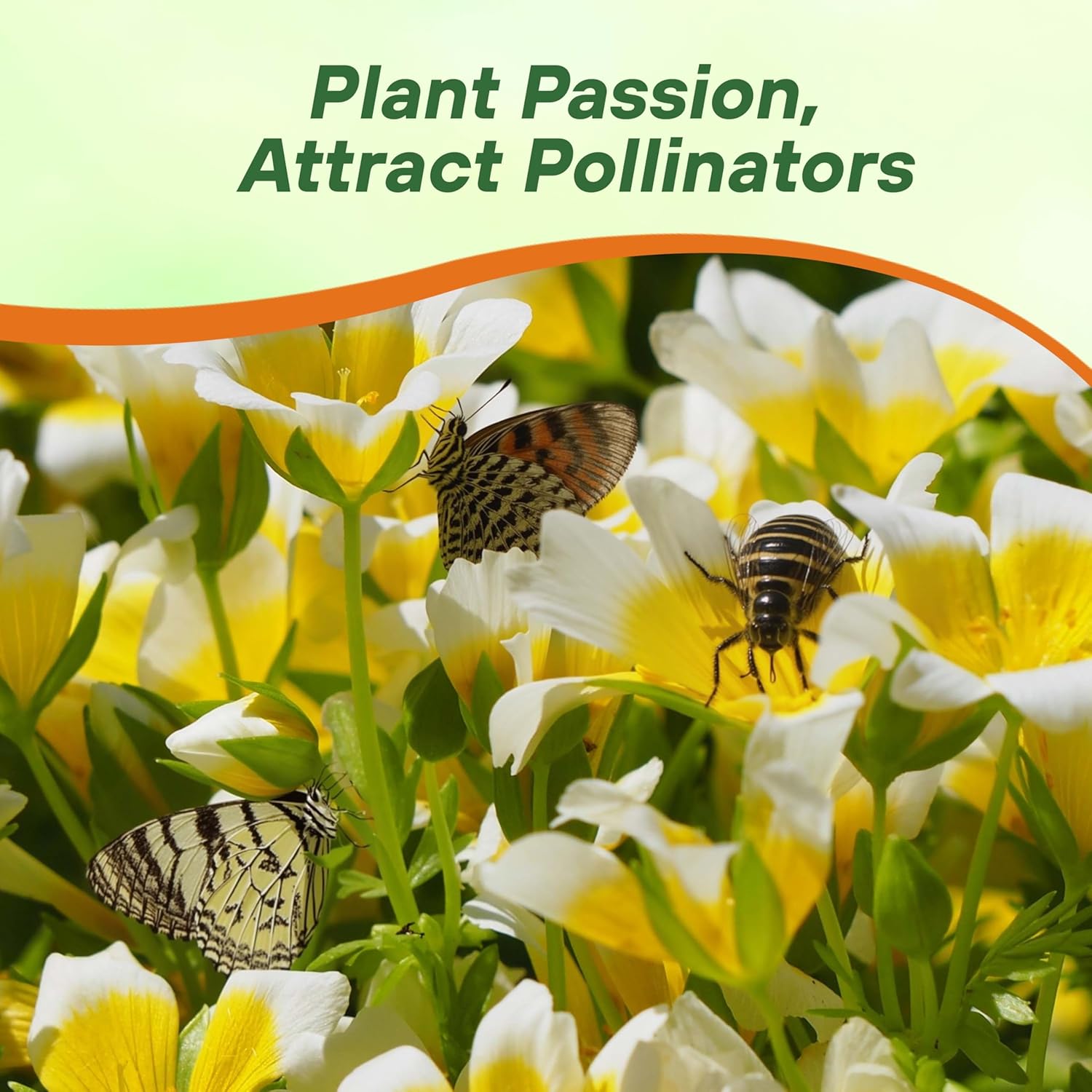

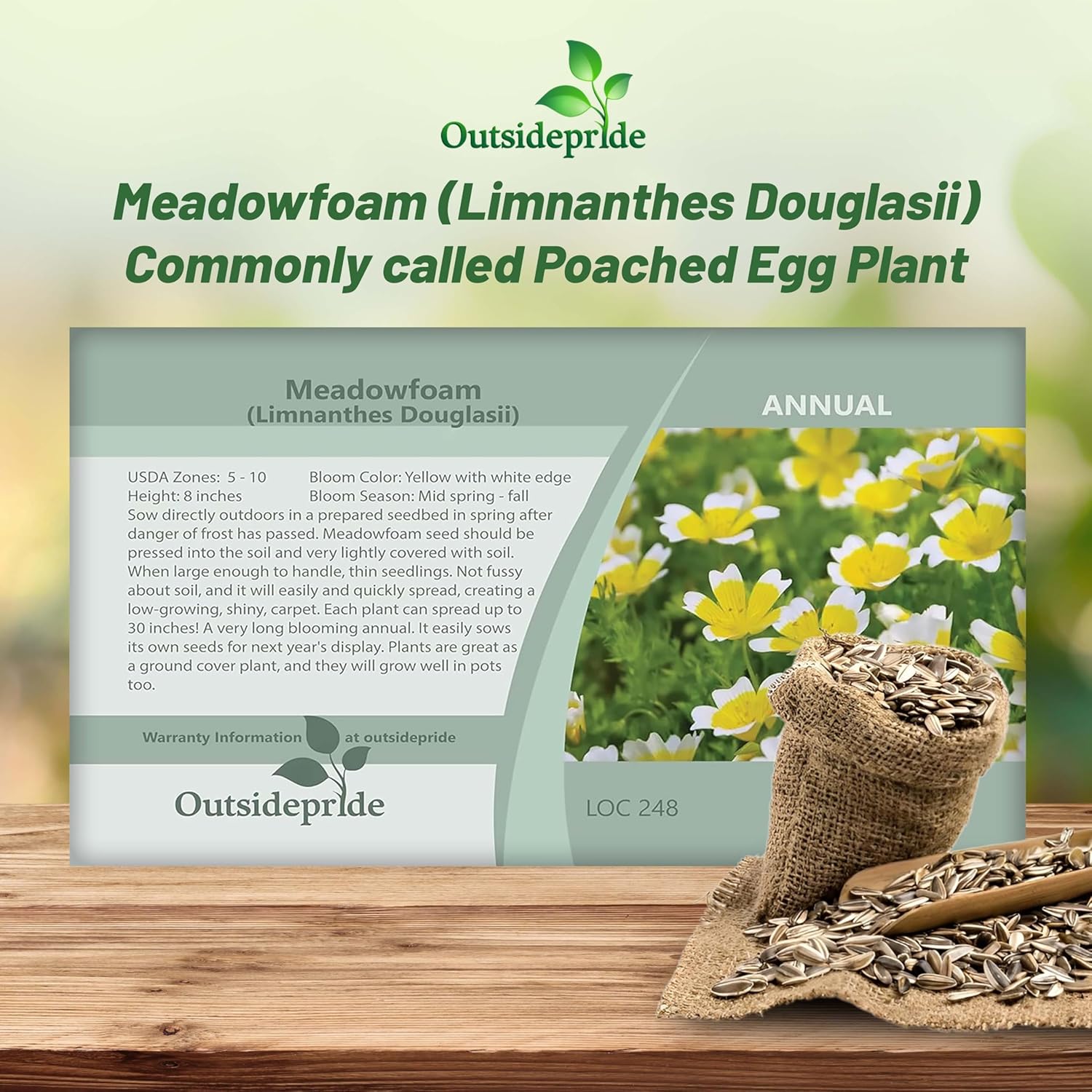
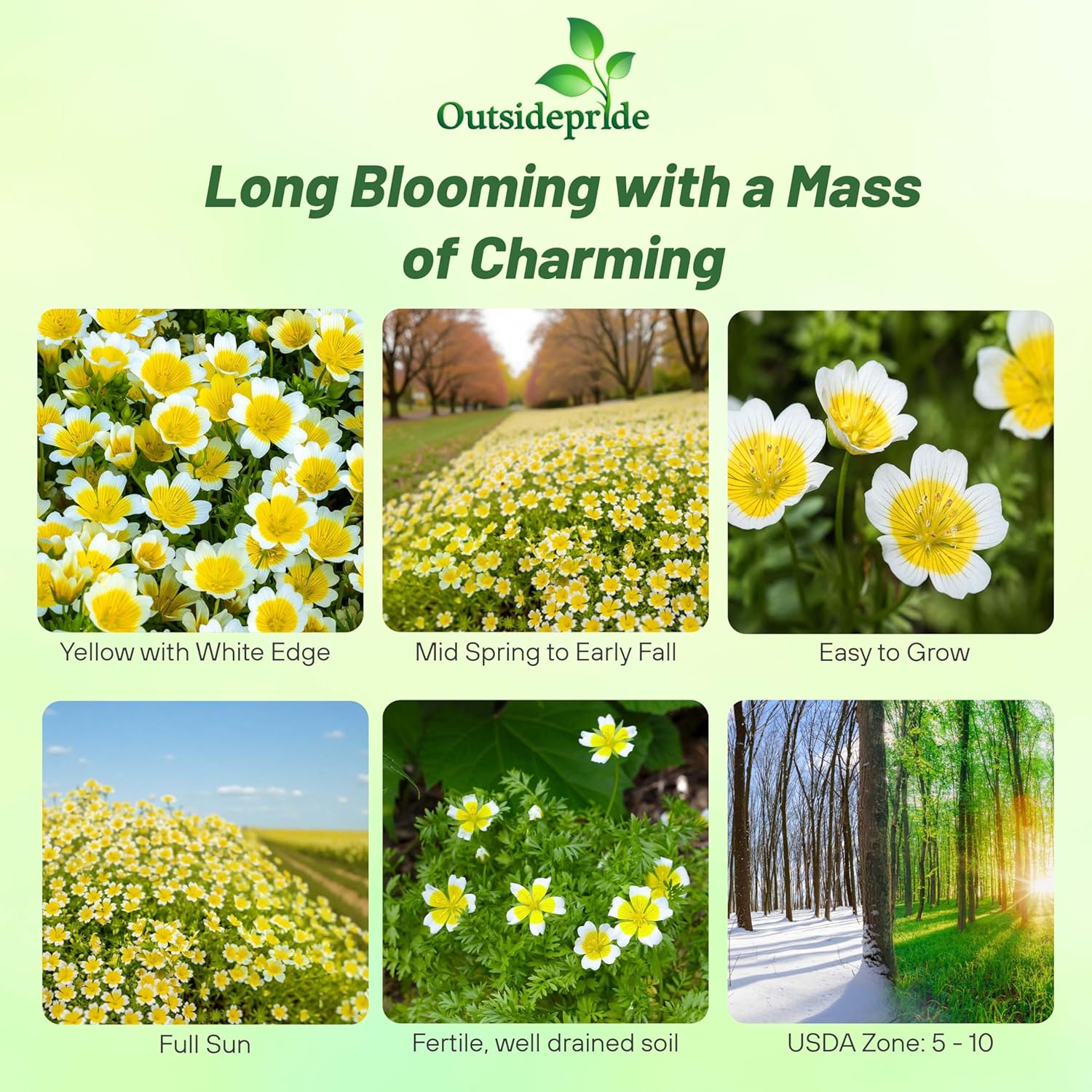
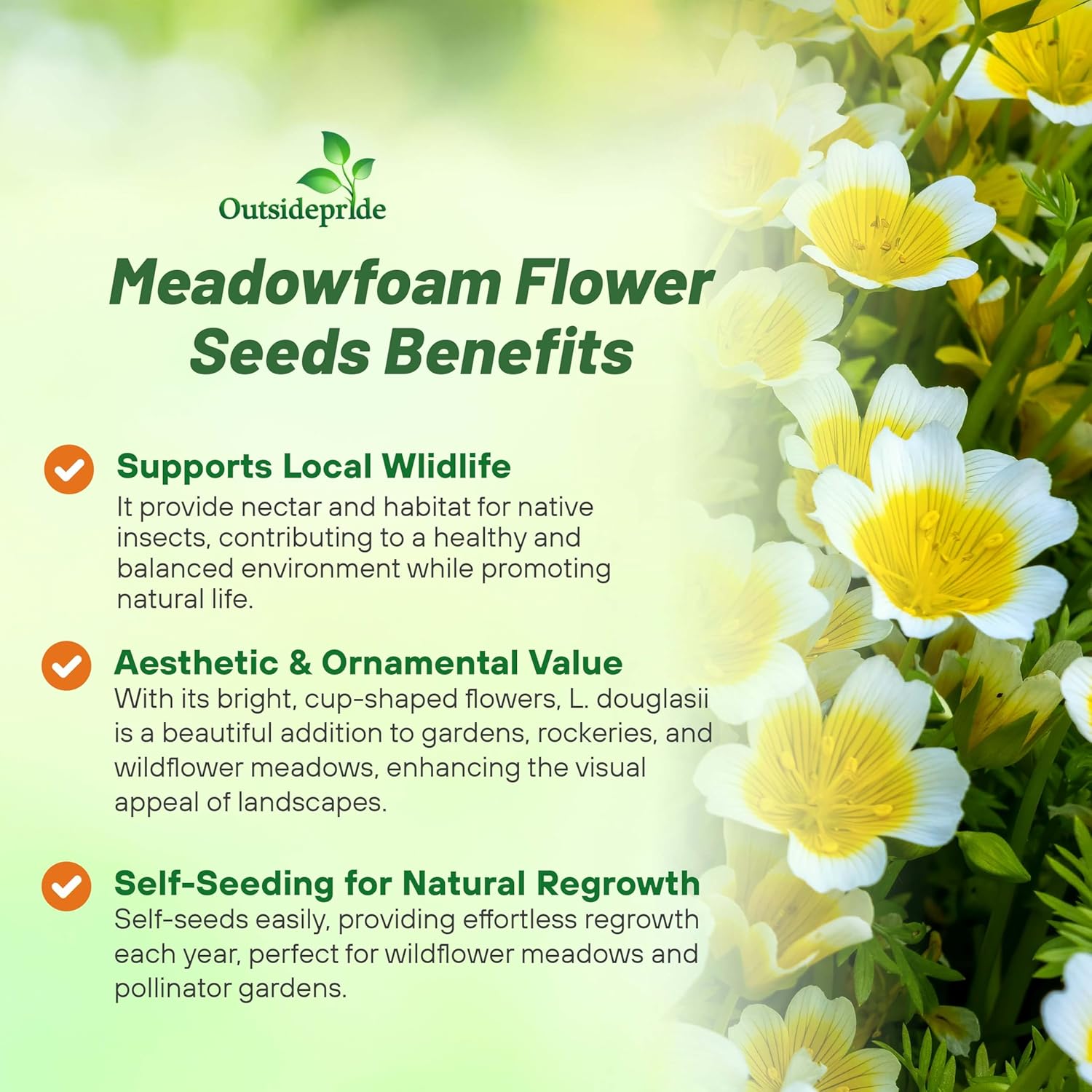
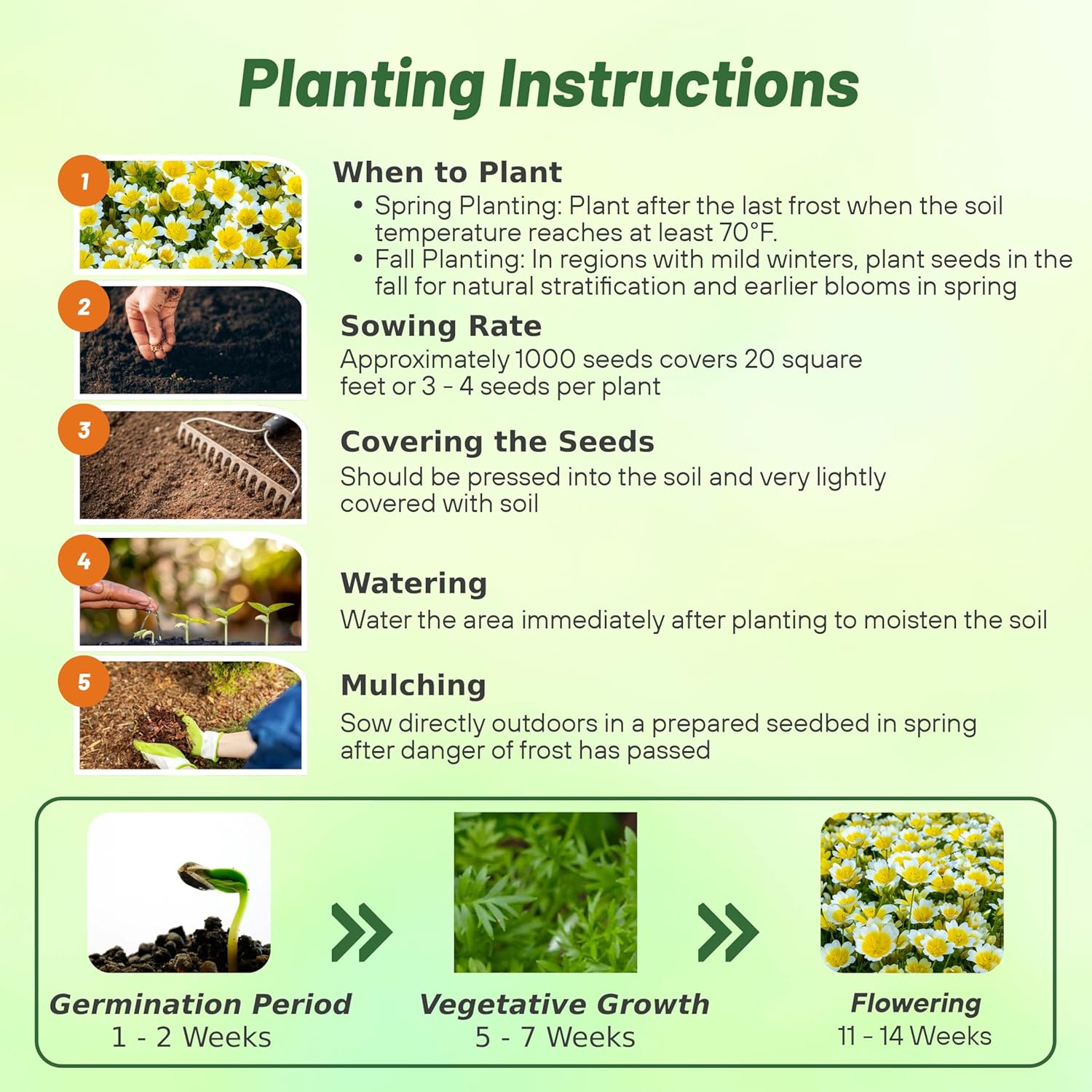
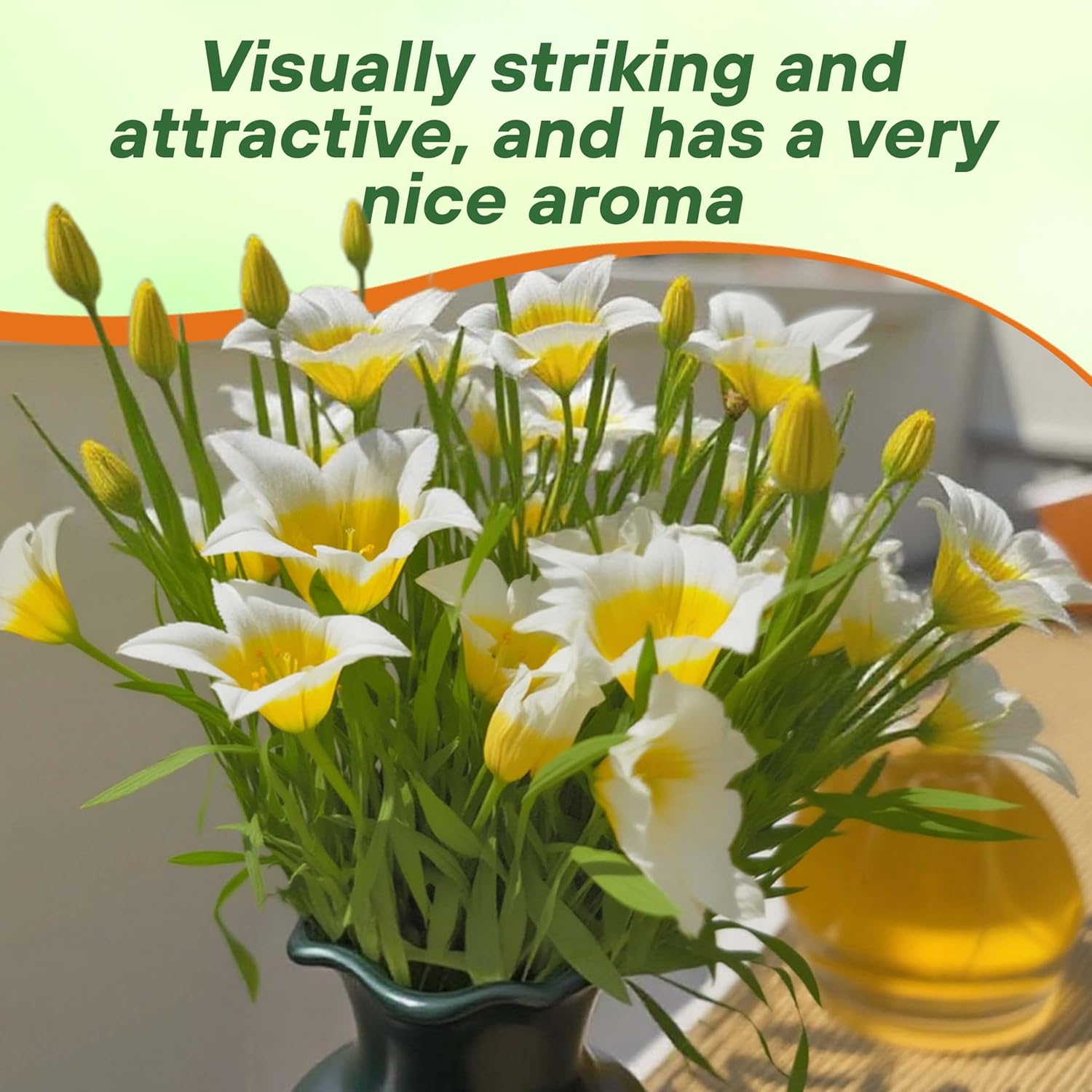

Limnanthes Douglasii Seeds
SEASON
Annual
USDA ZONES
5 - 10
HEIGHT
8 inches
WIDTH
30 inches
BLOOM SEASON
Mid spring to early fall
BLOOM COLOR
Yellow with white edge
GROWTH RATE
Fast
ENVIRONMENT
Full sun
DEER RESISTANT
Yes
LATIN NAME
Limnanthes douglasii
SEASON
Perennial
USDA ZONES
4 - 8
HEIGHT
12 - 18 inches
BLOOM SEASON
Winter
BLOOM COLOR
White
ENVIRONMENT
Partial shade
SOIL TYPE
Moist, well-drained, pH 6.2 - 7.4
DEER RESISTANT
Yes
HOUSE PLANT
Yes
SEASON
Perennial
USDA ZONES
3 - 8
HEIGHT
4 inches
WIDTH
4 inches
BLOOM SEASON
Spring and summer
BLOOM COLOR
White
ENVIRONMENT
Full sun to partial shade
SOIL TYPE
Well-drained, pH 5.8 - 6.8
HOUSE PLANT
No
DEER RESISTANT
Yes
SEASON
Perennial
USDA ZONES
5 - 9
HEIGHT
4 - 6 inches
WIDTH
12 - 16 inches
BLOOM SEASON
Early to late Summer
BLOOM COLOR
White
ENVIRONMENT
Full sun
DEER RESISTANT
Yes
SEASON
Perennial
USDA ZONES
7 - 9
HEIGHT
1 - 2 inches
WIDTH
6 - 12 inches
BLOOM SEASON
Summer
BLOOM COLOR
Green
GROWTH RATE
Fast
ENVIRONMENT
Partial shade to full shade
FOOT TRAFFIC
Moderate
DEER RESISTANT
Yes
SEASON
Perennial
USDA ZONES
4 - 10
HEIGHT
20 inches
WIDTH
20 inches
BLOOM SEASON
Summer through frost
BLOOM COLOR
Pink
GROWTH RATE
Aggressive
ENVIRONMENT
Full sun to partial shade
DEER RESISTANT
No
SEASON
Annual
USDA ZONES
5 - 10
HEIGHT
6 inches
WIDTH
12 inches
BLOOM SEASON
Mid summer to early fall
BLOOM COLOR
Scarlet
GROWTH RATE
Fast
ENVIRONMENT
Full sun to partial shade
DEER RESISTANT
Yes
SEASON
Perennial
USDA ZONES
5 - 11
HEIGHT
6 - 12 inches
WIDTH
12 - 24 inches
FOLIAGE COLOR
Green
FLOWER COLOR
Blue
FALL COLOR
Foliage may turn brown with cold winters
SOIL REQUIREMENT
Average, medium, well-drained soil
ENVIRONMENT
Full sun to partial shade
DEER RESISTANT
Yes
MOISTURE REQUIREMENTS
Requires weekly watering during extreme heat for first year
LATIN NAME
Liriope muscari
About...
Meadowfoam (Limnanthes Douglasii) - Grow Limnanthes Douglasii seeds for this annual that is native to California. Limnanthes is commonly called Poached Egg Plant or Meadowfoam, and it is not only visually very striking and attractive, but it also has a very nice aroma as well.MORE GROUND COVER OPTIONS
Planting Directions
TEMPERATURE
70F
AVERAGE GERM TIME
14 - 21 days
LIGHT REQUIRED
Yes
DEPTH
Sow seed 1/8 inch deep
SOIL TYPE
Fertile, well draind soil from sandy loam to clay
SOWING RATE
Approximately 1000 seeds covers 20 square feet or 3 - 4 seeds per plant
MOISTURE
Keep seeds moist until germination occurs
PLANT SPACING
24 inches

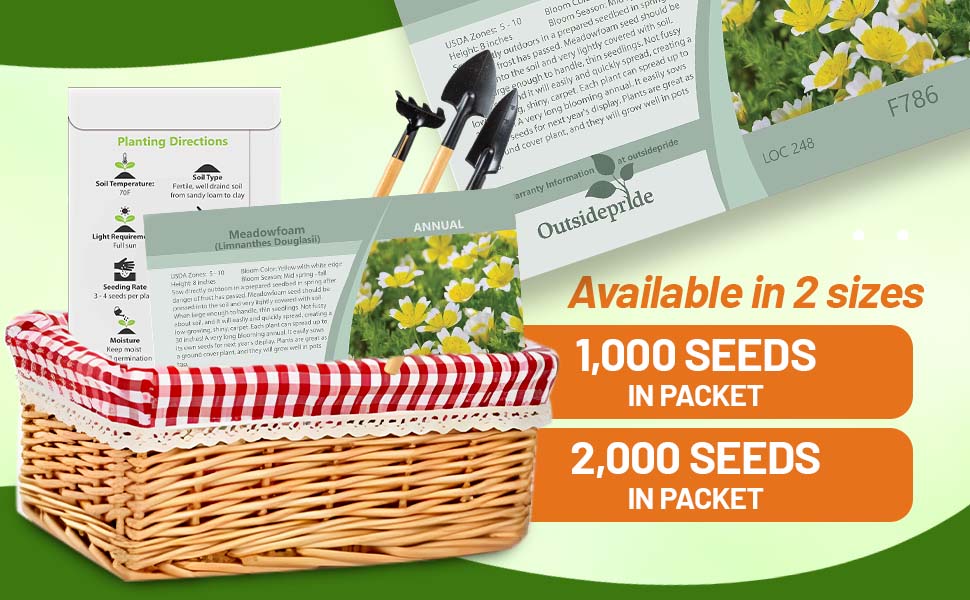
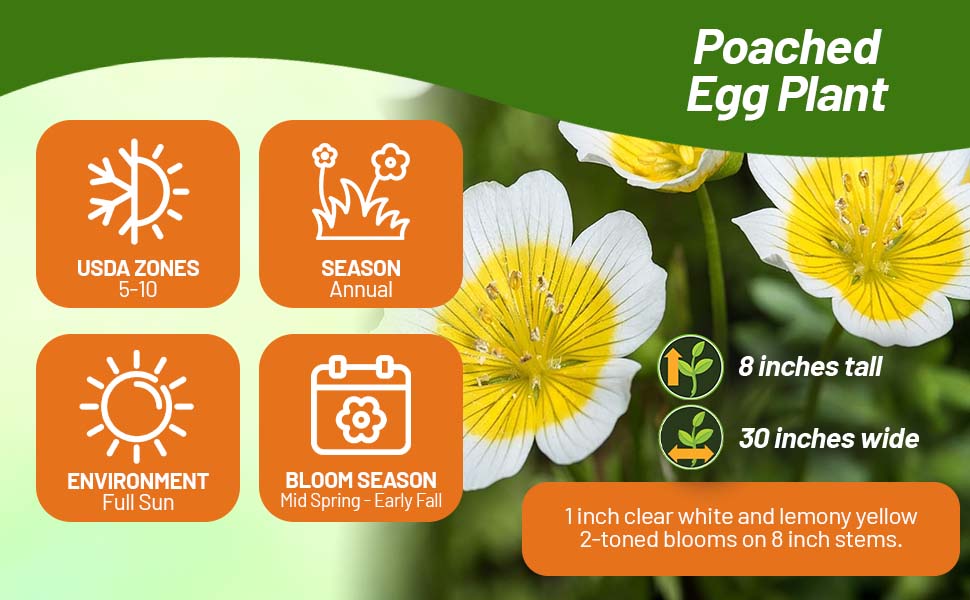
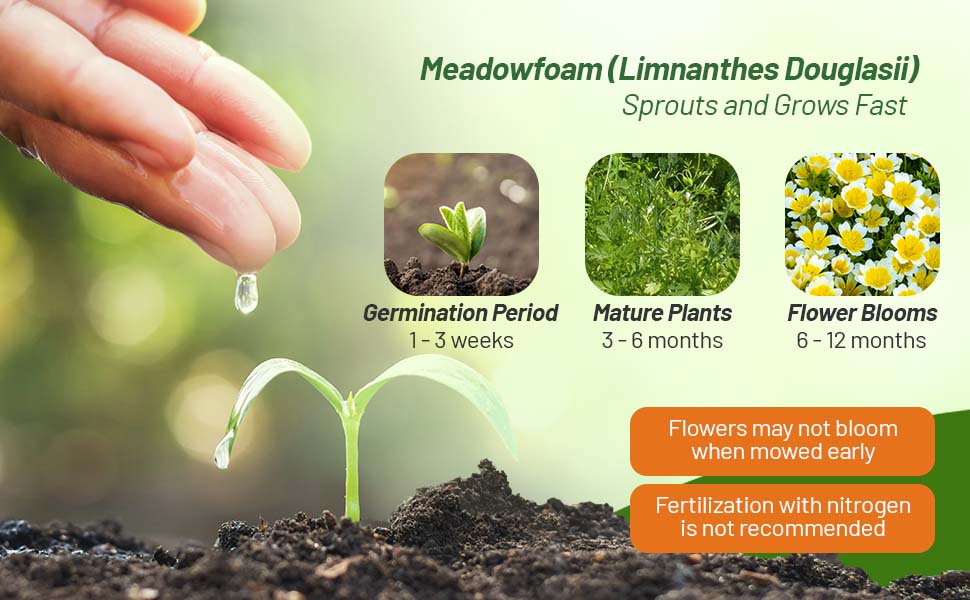
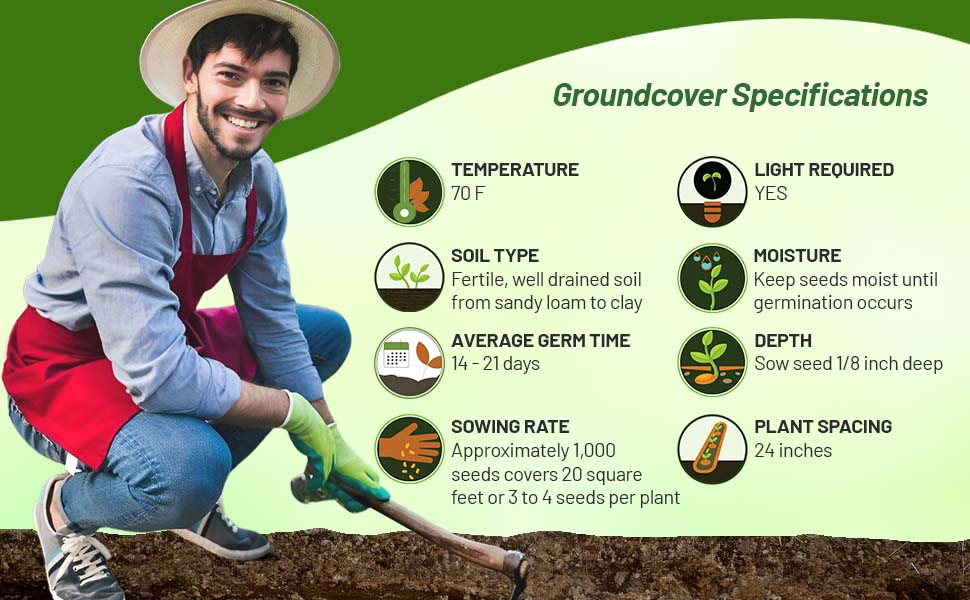
Meadowfoam (Limnanthes Douglasii) - Grow Limnanthes Douglasii seeds for this annual that is native to California. Limnanthes is commonly called Poached Egg Plant or Meadowfoam, and it is not only visually very striking and attractive, but it also has a very nice aroma as well. Limnanthes Poached Egg Plant is not fussy about soil, and it will easily and quickly spread, creating a low-growing, shiny, carpet. Each meadowfoam plant can spread up to 30 inches! Poached Egg Limnanthes is a very long blooming annual with a mass of charming, 1 inch clear white and lemony yellow 2-toned blooms on 8 inch stems. It easily sows its own flower seeds for next year's display. Meadowfoam plants are great as a ground cover plant, and they will grow well in pots too.
Sow Limnanthes Douglasii seeds directly outdoors in a prepared seedbed in spring after danger of frost has passed. Meadowfoam seed should be pressed into the soil and very lightly covered with soil. When large enough to handle, thin the Poached Egg Plant seedlings.
Common Questions
What are these flowers used for in the landscape?
These are great for beds and borders, city gardens, prairie gardens, cottage gardens and in containers.
Do these flowers attract any pollinators?
Yes, these flowers will reward your garden by attracting bees, butterflies and pollinating insects.
Do I need to prune at the end of their bloom season?
Yes, these should be pruned back after they are done flowering.
Planting Directions
TEMPERATURE
70F
AVERAGE GERM TIME
28 - 56 days
LIGHT REQUIRED
Yes
DEPTH
1/16 inch
SOWING RATE
5 seeds per plant
MOISTURE
Keep moist until germination
PLANT SPACING
18 inches
Christmas Rose (Helleborus Niger) - Christmas Rose seeds can be started to grow this unique ornamental that blooms in the winter. Helleborus Niger Christmas Rose has a rugged, coarse-textured, leathery, shiny green foliage that remains attractive year-round. The plant is stemless, herbaceous and can be used as a ground cover that reaches 12 - 18 inches tall and spreads about the same across.
Great for edging
Grow Christmas Rose from flower seeds and use the ground cover plants to line the edges of a sidewalk or garden path. Edging a path is job that they perform very well and they can be seen up close and fully appreciated.

Christmas rose seed |
How to grow
How To Grow Christmas Rose From Seed: If sowing the Christmas Rose seeds directly outdoors, sow the ground cover seeds in the fall. The flower seeds require a cold treatment to germinate. You can either sow them on the ground where you will be growing them permanently or sow the seeds in pots, and then bring the pots in after a month or so of freezing weather. The freezing will encourage them to germinate more easily.
If you choose to sow the Christmas Rose flower seeds indoors, freeze the seeds for 3 - 6 weeks to break dormancy, then plant the flower seeds in starting medium. When the plant is around 2 inches tall, transplant to the permanent place. Helleborus Niger plants can take up to 3 years to flower when grown by seeds. Christmas Rose is a poisonous plant.
- Sowing Rate: 5 seeds per plant
- Average Germ Time: 28 - 56 days
- Keep moist until germination
- Attracts bumblebees
- Depth: 1/16 inch

Flower Specifications
Christmas Rose flowers bloom in early winter to early spring with white flowers that might be tinged with pink. Christmas Rose plants are a perfect addition to give a garden some winter color. Foot traffic is not recommended.
- Height: 12 - 18 inches
- USDA Zones: 4 - 8
- Season: Perennial
- Deer Resistant: Yes































